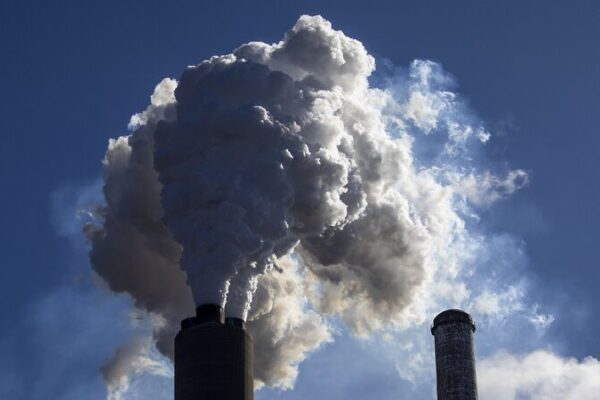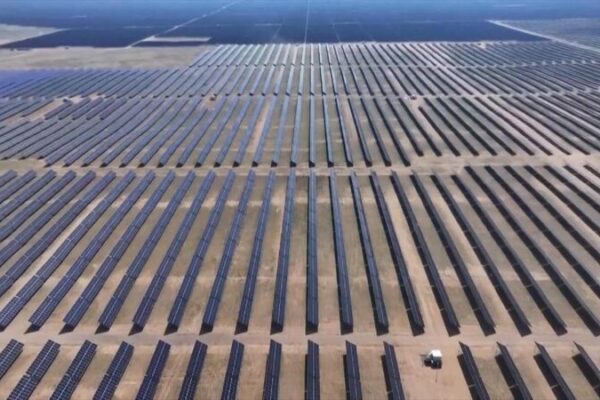China has achieved historic milestones in grain and energy production, surpassing key targets set in its 14th Five-Year Plan (2021-2025).
In recent years, China has maintained robust food and energy security, steadily progressing towards its development goals. The 14th Five-Year Plan identifies grain production capacity and energy as crucial indicators of the country’s economic and social advancement. It emphasizes maintaining overall grain output above 650 million tons and boosting annual domestic energy production capacity to over 4.6 billion tons of standard coal by 2025.
Remarkably, China’s grain output has stayed above 650 million tons for nine consecutive years. Despite challenges posed by severe natural disasters, the country achieved a historic grain production milestone in 2024, with output surpassing 700 million tons for the first time. By the end of 2024, China had developed over 1 billion mu (about 66.7 million hectares) of high-standard farmland and built irrigation networks spanning over 10 million kilometers.
On the energy front, China solidified its position as the world’s largest energy producer. In 2023, total primary energy output reached 4.83 billion tons of standard coal, marking a 202-fold increase from 1949 with an average annual growth rate of 7.4 percent. The nation is accelerating its energy revolution by building a clean, low-carbon, safe, and efficient energy system to enhance energy supply assurance capabilities.
China’s energy production has undergone a significant transformation, shifting from traditional power sources to renewable energy. By the end of 2023, renewable energy power generation capacity surpassed half of the total installed capacity for the first time in history. Data from the National Energy Administration released in January showed that renewable energy dominated China’s newly installed power capacity in 2024, comprising 86 percent of the total. The cumulative installed capacity of renewable energy reached a record high of 56 percent of the nation’s total.
Additionally, China’s first-ever energy law, aimed at promoting high-quality energy development, ensuring national energy security, accelerating green transition, and supporting the country’s efforts to achieve carbon peak and carbon neutrality goals, takes effect on January 1, 2025.
‘Not Relaxed’
The recently released “No. 1 central document” underscores safeguarding food security and the stable supply of key agricultural products as a top national security priority. The document stresses increasing per-unit grain yields by expanding projects and promoting high-yield, efficient production models.
“The ‘No. 1 central document’ made it clear that efforts related to grain production can only be strengthened, not relaxed,” said Han Wenxiu, executive deputy director at the Office of the Central Committee for Financial and Economic Affairs, during a press conference held by the State Council Information Office.
“In recent years, extreme weather conditions and other natural disasters have occurred more frequently and severely, causing uncertainties to rise. We must focus on achieving a good harvest and resisting disasters, anticipate difficulties in advance, and set a higher safety margin,” Han added.
Reference(s):
China secures grain, energy to meet 14th Five-Year Plan targets
cgtn.com








